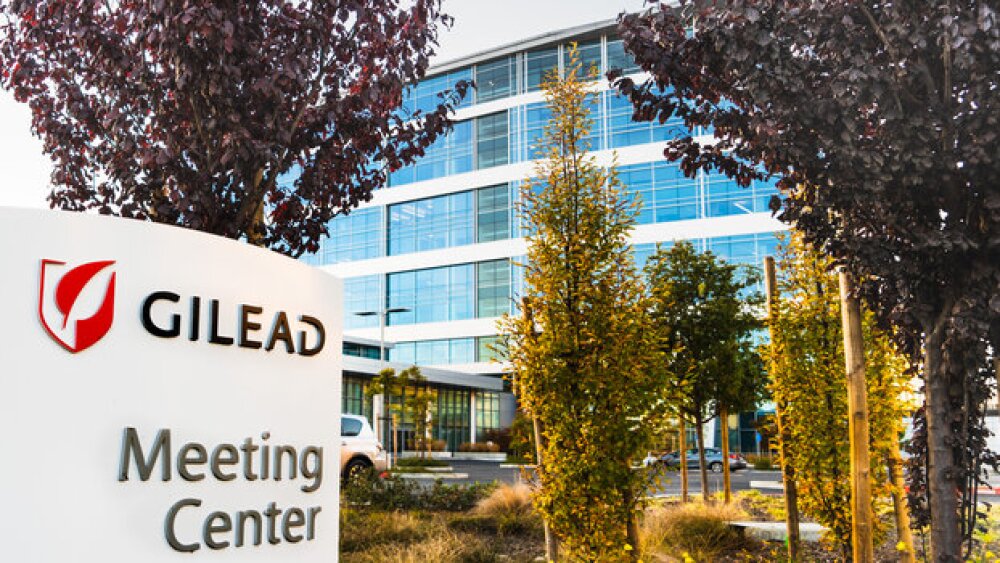July 11, 2017
By Mark Terry, BioSpace.com Breaking News Staff
In general, crystal balls are not terribly accurate five years in the future. However, that doesn’t keep the soothsayers—in this case EvaluatePharma—from taking a shot. Keith Speights, writing for The Motley Fool, takes a look at a recent report that tries to project the oncology market for 2022. Here’s a look at the top five companies down the road.
Currently, Celgene has one of the top-selling cancer drugs in the world, Revlimid. In 2016, the drug brought in sales of almost $7 billion. Projections for 2022 have that figure at $14.2 billion.
Speights writes, “Two factors appear likely to drive Revlimid’s sales higher. Celgene is evaluating the drug in late-stage clinical studies for three additional indications: first-line diffuse large B-cell lymphoma, relapsed/refractory indolent lymphoma, and first-line follicular lymphoma. Revlimid is also an anchor in several combo treatments that could be on the way.”
The company’s Opdivo, despite a setback earlier in this year from a disappointing clinical trial for non-small cell lung cancer (NSCLC), brought in $4.7 billion in sales in 2016. It’s hard to believe anything about a drug that brought in that much money could be considered disappointing. For 2022, Opdivo is projected to generate $9.9 billion.
The key to Opdivo is likely to be combo-therapies. Speights writes, “Bristol-Myers expects to announce important results from a late-stage study of Opdivo combined with chemotherapy in early 2018 in treating NSCLC. Good news from this study could bode well for Opdivo’s chances of coming close to the $10 billion sales mark five years from now.”
If Opdivo has a major competitor, it’s Merck ’s Keytruda, which has an edge in the first-line setting for NSCLC. Last year, Keytruda brought in $1.4 billion in sales, and is projected to hit $9.5 billion in 2022. The drug is awaiting approval for four more indications, and is in late-stage trials for nine other oncology indications.
There is at least one cloud in the crystal ball—the U.S. Food and Drug Administration (FDA) put a clinical hold on two of the clinical trials of multiple myeloma and in a third trial stopped dosing of Keytruda after patient deaths.
4. AbbVie and Johnson & Johnson
All eyes are on Imbruvica, which brought in sales of $3 billion last year. The projection for 2022 is $7.5 billion.
Speights writes, “Imbruvica is currently approved for four types of cancer—chronic lymphocytic leukemia, previously treated mantle cell lymphoma, marginal zone lymphoma, and Waldenstrom’s macroglobulinemia. Three late-stage clinical studies are in progress for Imbruvica in treating additional indications.”
Pfizer ’s Ibrance generated $2.1 billion in sales last year, and is projected for 2022 as hitting $7 billion. It is used to treat hormone receptor positive (HR+), HER2- metastatic breast cancer. Sales growth is predicated on approval for other breast cancer indications, and Pfizer currently has an ongoing Phase II trial of the drug in head and neck cancer.
If he had to bet on just one of these companies, Speights singles out Celgene . “Revlimid isn’t the only thing the biotech has going for it,” he writes. “Celgene also has an outstanding pipeline in oncology as well as inflammation and immunology.”
Just yesterday Speights wrote on the depth of Celgene’s 47 partnerships and collaborations, and how three of them in particular—with Acceleron Pharma , Bluebird bio and Juno Therapeutics —have the potential of bringing in an additional $4 billion in annual revenue for Celgene by 2019.





